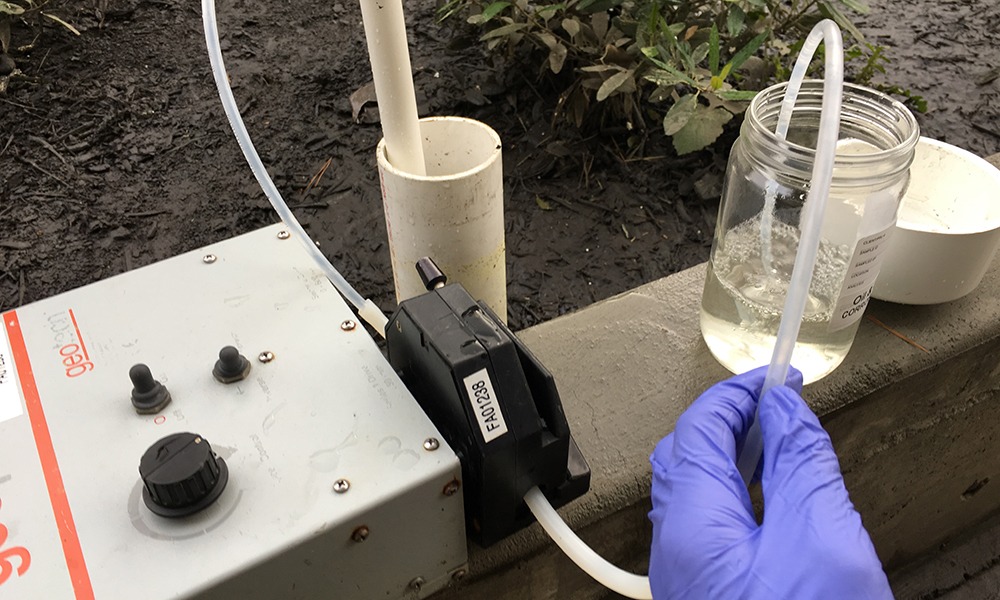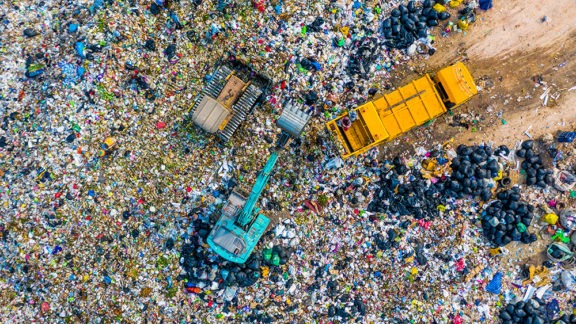Do you know where stormwater flows at your facility? In California, your business license could depend on it. California Senate Bill 205 (SB 205) now requires certain businesses that are applying for or renewing a business license to provide their stormwater permit number.
All states have National Pollutant Discharge Elimination System (NPDES) stormwater discharge requirements for industrial activity. California’s version is called the Industrial General Permit (IGP). SB 205 aims to reduce non-filers and ensure regulated industrial facilities meet current IGP standards. The new law took effect in January 2020, yet thousands of companies don’t know it applies to them.
Who needs a stormwater permit under SB 205?
Businesses in California with certain Standard Industrial Classification (SIC) codes must get IGP coverage. Operations with potentially regulated SIC codes are listed on the California Water Board website. Some examples of qualifying categories include manufacturing, aerospace, mining, hazardous waste management, and recycling. (Don’t know your code? Check the OSHA database.)
So why don’t operators realize their facility needs IGP coverage? It’s more complicated than just knowing your SIC code.
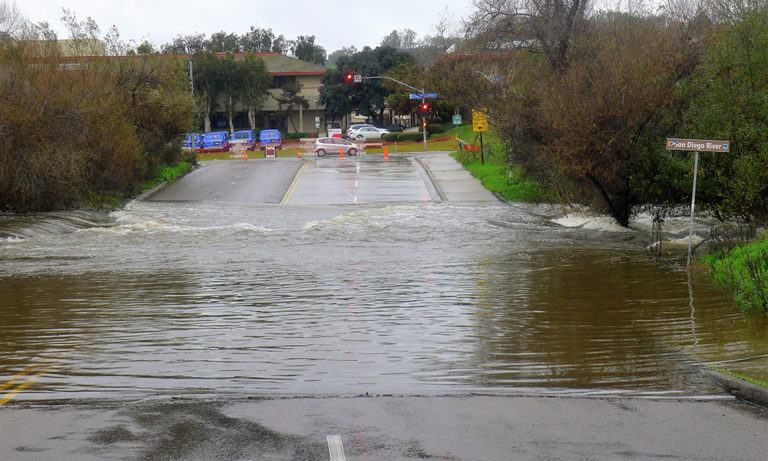
Three big stormwater compliance surprises
1. IGP is not just for heavy industry. Would you guess that an ice cream company needs an industrial stormwater permit? “Lighter” industries that operate completely or mostly indoors can still have outdoor loading docks, hazardous materials storage, or truck maintenance areas that may be stormwater pollution sources. Many “lighter” industrial businesses that years ago were exempt from industrial stormwater regulations must now comply with the California Industrial General Permit.
Does your business have distribution, such as local trucking? If the answer is yes, it’s likely to need IGP coverage. Unexpected facilities that could qualify include:
- Food production, such as a bakery, brewery, or winery
- Clothing or textile mills, such as a handbag factory
- Metal scrapyards and automobile junkyards
- Hauling and other local trucking
Businesses operating under any of the regulated SIC codes may require permit coverage.
2. Small businesses are not exempt. Even small operations need to address their impact on stormwater. Ignoring the issue may prevent you from getting or renewing a business license. And fines for not filing or operating without a permit can be hefty. Even if you don’t have exposed pollutants, you may still need to file a No-Exposure Certification (NEC).
3. Regulations can change depending on your facility location(s). Location details matter when it comes to stormwater compliance.
- Near certain rivers, lakes, or beaches. Many major water bodies, especially in the Los Angeles region, have adopted Total Maximum Daily Loads (TMDL) for certain pollutants. In those areas. Your stormwater plan may need to meet more stringent standards and include more testing.
- Desert. Even areas with little rainfall need to address stormwater.
- Out-of-state headquarters. Permits are still needed for California locations.
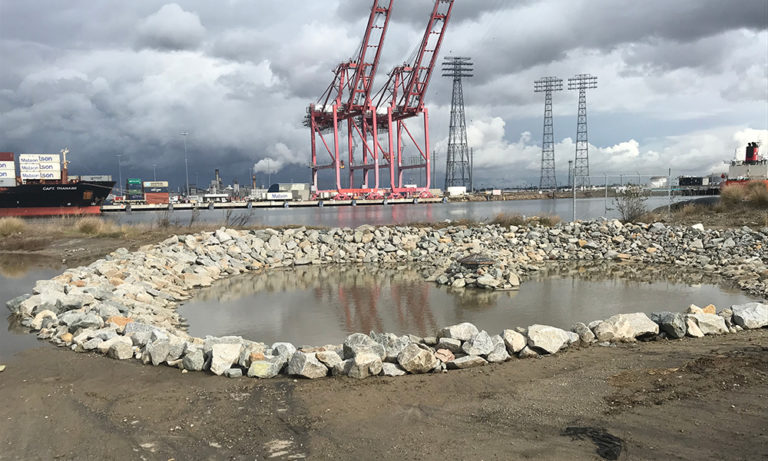
Start with a SWPPP – but don’t stop there
A Stormwater Pollution Prevention Plan (SWPPP) is a basic necessity for an IGP application. It describes the ways you’ll prevent leaks, handle materials, and reduce pollutants in stormwater. But your responsibilities under a stormwater permit don’t end there.
Ongoing IGP compliance means regular monitoring, obtaining and analyzing samples, keeping up with best practices, and training your staff. You’ll need to submit regular reports to the Water Board through their online database, Stormwater Multiple Application and Report Tracking System (SMARTS).
Regulators and environmental monitoring groups review this public database, so it’s wise to stay compliant. Companies with neglected stormwater programs may come under scrutiny from environmental groups and find themselves fighting a lawsuit. Don’t let a checkbox task become an emergency disruption.
Streamline your stormwater program
A cost-effective stormwater approach might include:
- Standardized plan for multiple locations, with site-specific revisions
- Addressing potential outdoor pollution sources (e.g., materials storage, vehicle washing, maintenance)
- Scheduled good housekeeping
- Staff training to properly sample stormwater and submit paperwork
- Best Management Practices (BMPs) tracking system
- Spending plan for ongoing stormwater program
- Recordkeeping and reporting procedures
- On-site stormwater reuse
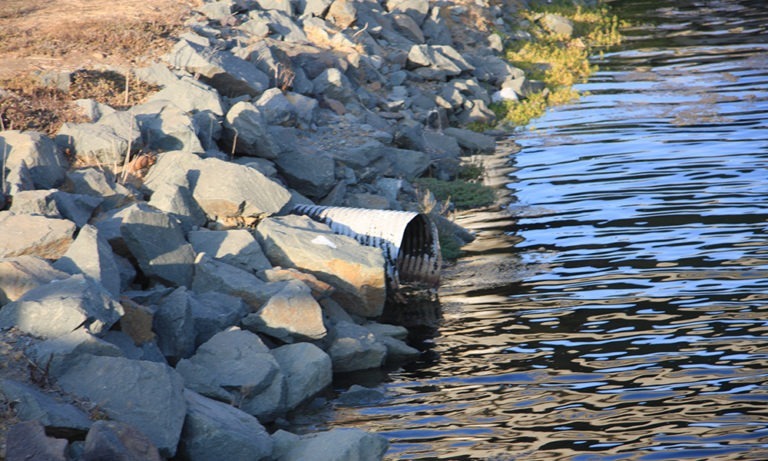
Bottom line: Pay attention to your program, even if you’re not in California
Every state has NPDES permit rules for industrial operations, so it makes business sense to stay proactive with compliance. Preparation pays off. Avoid violations with an efficient stormwater management strategy across all your national operations.
In California, your business license may be at stake. Don’t wait until you have to drop everything to regain it. No matter where your business operates, scrambling to set up a stormwater pollution prevention program could cost you in fines and lost time.
Our stormwater staff has state-specific expertise to guide you. Contact me with any questions about SB 205 or other stormwater concerns.
Published: 5/26/2021
- Aerospace
- Aggregate and construction materials
- Base and precious metals
- Industrial minerals
- Industrial and manufacturing
- Airports
- Automotive
- Consumer products
- Food and beverage
- Ports, harbors, and coastal Infrastructure
- Manufacturing
- Metal foundries, finishing, and recycling consulting
- Mining
- Water resources
- Stormwater
Author

Service Leader, Water Resources
